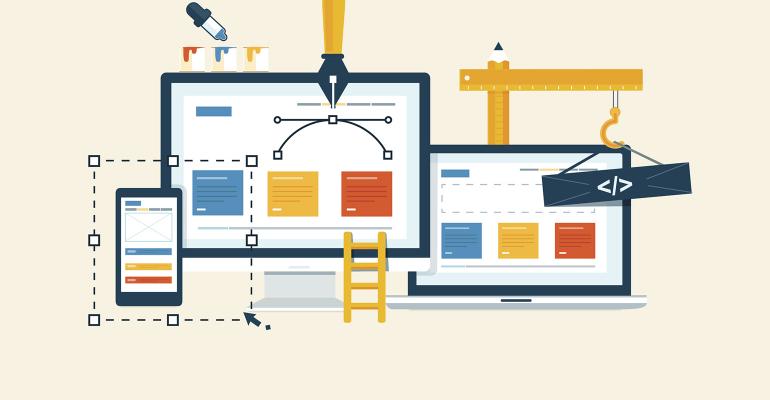Auto-enrollment in 401(k) plans has proven its value in helping employees start saving for financial security.
Rick Mason, senior advisor for the Voya Behavioral Financial Institute for Innovation, describes three factors that explain AE’s impact. First, plans’ default contribution rates—3 percent is commonly used—are often below the level recommended by financial advisors. Second, many plans set their maximum match level above the default rate, which results in participants failing to capture the full match level. “And, third, there’s evidence that employees, especially lower income and younger employees, are slow to shift away or adjust away from that initial rate,” says Mason.
Those factors led Mason and several other researchers to study the influence of digital design on participants’ auto-enrollment decisions. In an interesting study, “Saved(d) by Design,” Mason and his co-authors found that fairly simple changes to the digital design of online AE pages can produce significant increases in savings rates at lower cost to sponsors than financial incentives.
Designing the Test
The researchers started by making small changes to an AE page that was considered well-designed and well-tested. This was a “lab” test—participants were not making actual changes to their accounts. Based on the results, the researchers decided to field test three changes with actual AE participants in cooperation with Voya Financial, the plans’ administrative recordkeeper. In a series of three field tests conducted from Dec. 2016 through March 2018, they “strategically varied the psychological design of the online enrollment interface” in which plan participants could confirm the default contribution rate, personalize it or decline enrollment. The tested variables included:
- Simplifying and standardizing the language used with enrollment options
- Changing color design on screens’ election buttons to three traffic light colors (red, yellow, green)
- Moving key plan information, such as default savings rates, closer to the onscreen locations where participants were prompted to act.
Mason cites examples of the changes: “Where the original site had a single-color orange across all the buttons, we introduced a traffic light color with green being on the personalized or do-it-myself box or choice so that we would be signaling to go down that avenue and explore choices, to select other savings options.” Also, “we introduced information such as the current default rate and the match rate closer to the decision, more proximate or closer to where the decision is being made, so it’s again easier to have the information in a salient and proximate way, close to where the decision is easy to see.”
Encouraging Results
The study involved with more than 8,500 employees at 500 small to midsize plans, defined roughly as those with fewer than 3,000 participants. The test group was not skewed to the higher-salaried or older demographic, says Mason. Although the digital design enhancements were relatively modest, they worked. The study found:
Greater enrollment personalization. The number of employees who personalized their enrollment increased by 15 percent. (Personalized is defined as choosing a savings rate other than the default rate, Mason explains.) Among those who personalized, the average contribution rate was 7.8 percent, compared to 3.4 percent for those who accepted the default AE rate.
Greater take-up of the full company match. The enhancements resulted in a 19 percent increase in the share of employees who took advantage of the company’s full match benefit. This demonstrated how optimized enrollment design could actually increase the effectiveness of existing matching incentives.
Greater plan savings and improved retirement security. The design changes also led to an increase in savings levels, boosting the average contribution rate by 62 basis points, or roughly 10 percent across all digital enrollees. That result was equivalent to what one would expect from increasing the typical employer match by 62 percent.
To put these impacts into perspective, Mason pointed out that “what we found in our study was that the small design changes, they have the equivalent of boosting the match limit up by more than 3 percent.”
Broader Applications
This study focused on the AE personalization decision, but the implications are broader, Mason asserts. Plans’ auto-techniques were “nudging 1.0” in their efforts to influence participants’ behavior, he says; digital design elements comprise “nudging 2.0.” Retirement security increasingly will depend on participants’ decisions made on smartphones and tablets, he points out. Consequently, consultants and sponsors must consider those screens’ designs in conjunction with the plan’s goals for online interactions.
“We encourage employers, plan sponsors, consultants and advisors to really understand the goals of the digital properties, make sure they’re testing in a careful way, make sure their providers are routinely testing and retesting the different digital designs and making sure it’s done in a rigorous and careful manner [with] constant iteration and improvement,” he advises.





